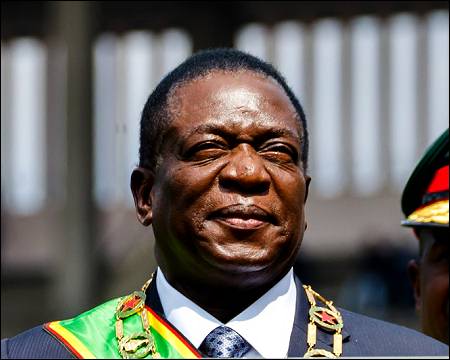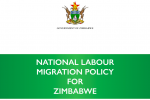By Own Correspondent
Despite rising poverty levels and pressing hardships confronting the country’s working class, President Emmerson Mnangagwa told a world leaders conference that poverty has gone down by almost 50%.
Poverty among workers in Zimbabwe is a severe and widespread crisis, driven by a combination of macroeconomic instability, low wages that fall below the poverty line, high inflation, and a lack of formal job opportunities. As of 2024-2025, many employed individuals are considered "working poor". The primary issue is that average wages, even for those in formal employment, are often not enough to cover basic needs such as food, housing, and healthcare.
Persistent currency instability and high inflation rates erode the purchasing power of workers' incomes, particularly those earning in the local currency. This makes necessities unaffordable for many households. The official unemployment rate is high around 20.5% in Q1 2024, and coupled with massive job losses in the formal sector in recent years, many households lack stable income sources.
Delivering his statement at the ongoing World Summit for Social Development, the Head of State brought attention to the drop in poverty levels from 62% to 38.3 %, according to the last survey .
He also noted how government initiatives like the Basic Education Assistance Model have benefited over 1.5 million learners annually, including children with disabilities .
As he focused on employment, President Mnangagwa said employment creation and decent work are central to Zimbabwe’s development strategy.
He highlighted that the national employment policy framework and decent work country program promote enterprise development , skills training, and infrastructure investment.
President Mnangagwa said that despite progress globally, over one billion people still live on multi-dimensional poverty, calling for the summit to urgently renew a global pact for inclusive development that matches rhetoric with tangible action and resources.








Leave a comment